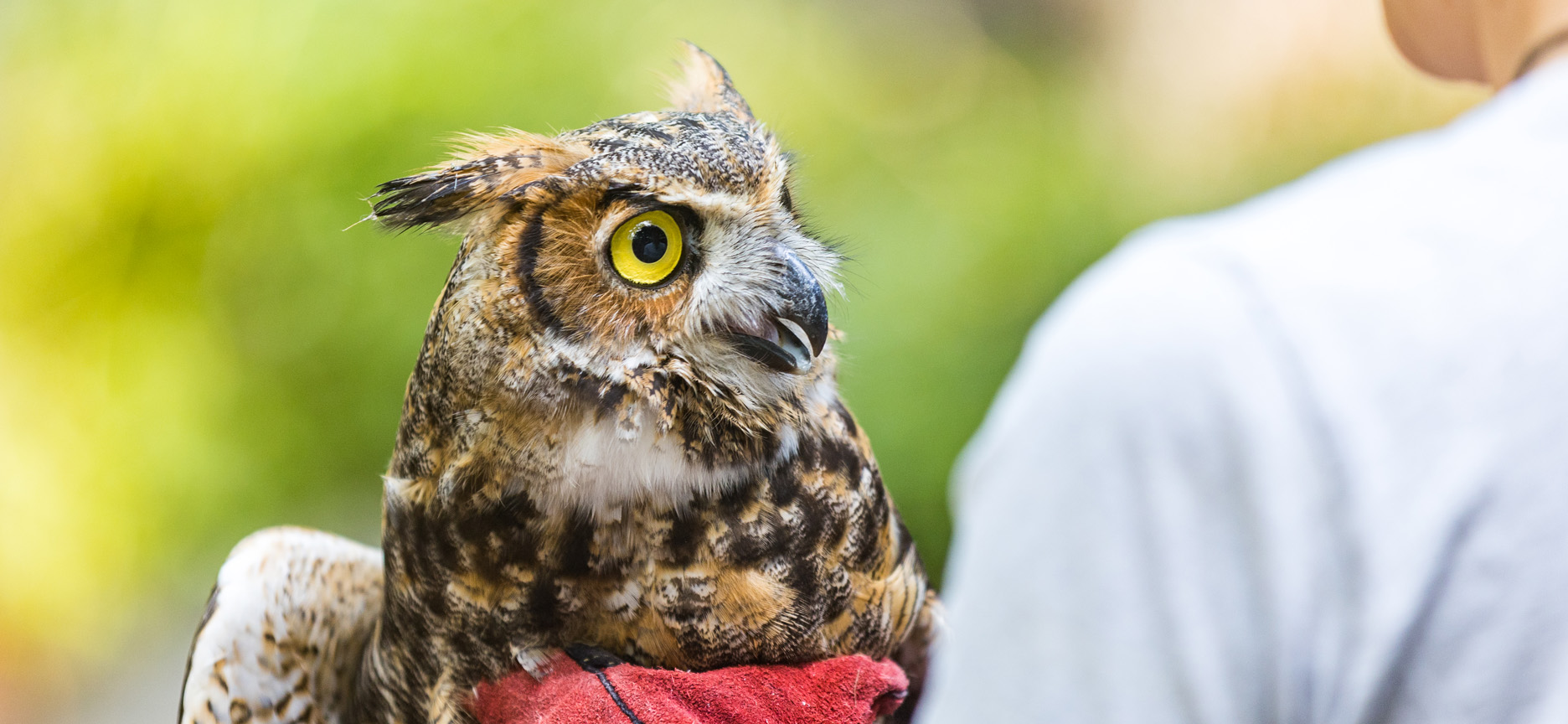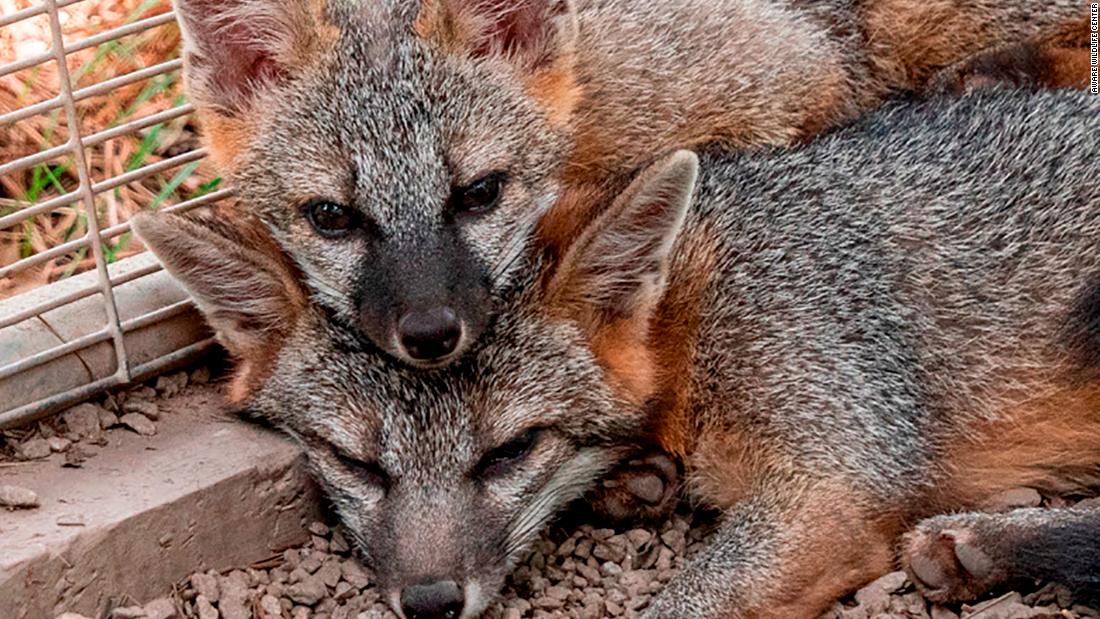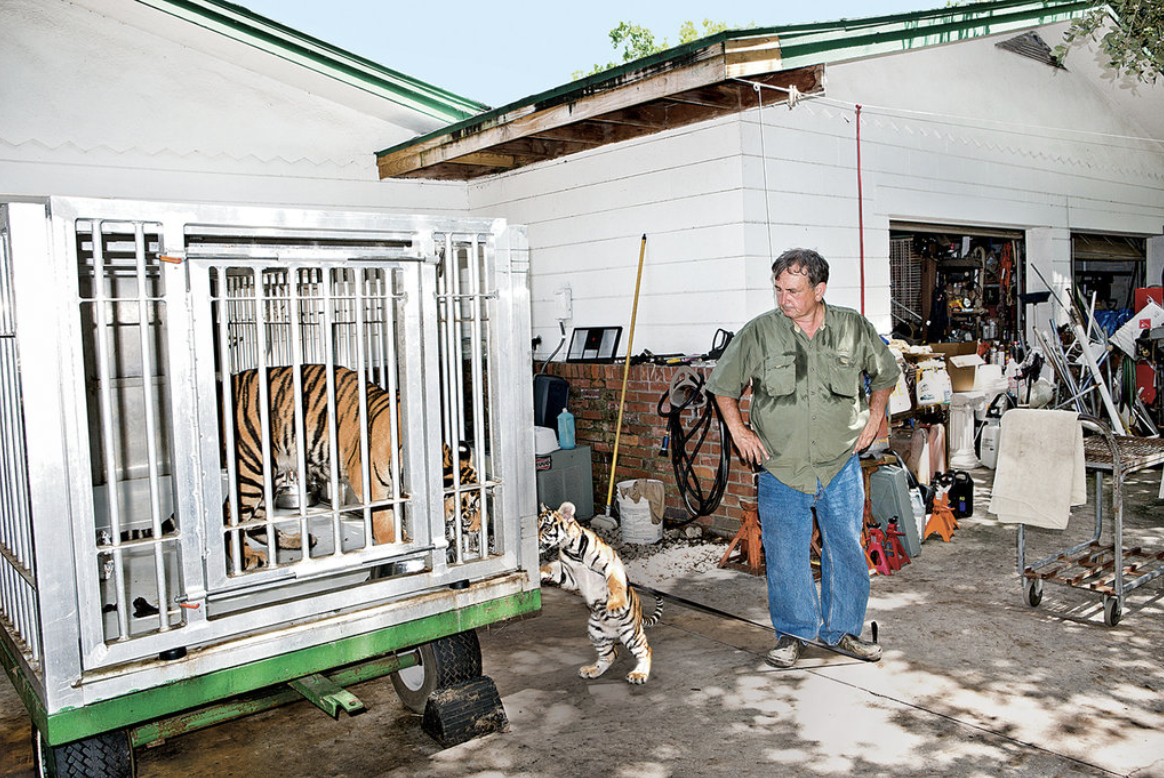The Importance of Burlington Animal Control for Community Health and Safety
The Importance of Burlington Animal Control for Community Health and Safety
Blog Article
Efficient Wildlife Removal Techniques for a Peaceful Home Setting
In the quest of keeping a calm living room, homeowners usually encounter the obstacle of wildlife intrusions, which can disrupt the peace of their environment. Implementing reliable wildlife removal strategies calls for a nuanced understanding of both gentle exemption methods and preventative steps.
Identifying Common Wildlife Intruders
Recognizing common wildlife intruders is an essential primary step in reliable wildlife administration. Recognizing the details species that often penetrate residential and industrial rooms allows homeowner and wild animals experts to implement targeted approaches for reducing prospective damages and health and wellness threats. Typical trespassers typically include raccoons, squirrels, bats, and different varieties of birds and rodents, each bringing distinct obstacles.
Raccoons, as an example, are recognized for their dexterity and can trigger substantial structural damages while seeking food or shelter. Squirrels, with their tendency for gnawing, can harm electric circuitry, posturing fire risks. Bats, while helpful for managing insect populaces, can end up being a problem when they roost in attics, potentially spreading out conditions such as histoplasmosis. Birds, including sparrows and pigeons, usually create unsanitary conditions with their droppings, resulting in structural destruction and health and wellness concerns. Rodents, such as mice and rats, are well-known for their rapid recreation and capability to penetrate small openings, posturing significant health threats as a result of their capability to spread out illness.
Humane Exemption Strategies
Recognizing the usual wildlife burglars is the foundation upon which reliable exclusion techniques are developed. Recognizing types such as raccoons, birds, and squirrels aids in developing gentle exemption strategies tailored to certain actions and entry methods. Exemption is a preventative strategy focused on denying wildlife access to homes and buildings, hence minimizing the requirement for even more intrusive steps.
The foundation of gentle exemption involves sealing potential entry factors. In addition, ensuring that home windows and doors are safe, and that screens are undamaged, can further hinder entrance.
Another key method is making use of aesthetic and auditory deterrents. Setting up motion-activated lights or ultrasonic tools can discourage nighttime wild animals. Modifying the habitat by handling food sources, such as protecting garbage can and getting rid of bird feeders, also plays a crucial role. These exclusion approaches not just shield the home setting but likewise value the wild animals, permitting them to prosper in their all-natural habitats without harm.
Safe Capturing Approaches
When exclusion strategies are inadequate, secure trapping methods end up being an essential choice in wild animals management. Trapping, when implemented appropriately, supplies a humane and effective means of resolving a prompt wildlife problem while guaranteeing marginal anxiety and damage to the animal. This method calls for an understanding of both the actions of the target species and the honest considerations included in wildlife handling.
These catches need useful site to be examined regularly to avoid excessive stress or injury to the recorded wildlife. It is essential to follow neighborhood guidelines regarding capturing and relocation to guarantee conformity with lawful criteria and wild animals preservation concepts.
Furthermore, bait choice and placement are important components in ensuring effective trapping. Lure ought to be picked based upon the dietary choices of the target species and purposefully positioned to tempt the pet right into the trap. When caught, the animal must be taken care of with treatment, using protective gear if required, to assist in risk-free transportation and launch, thereby preserving a balanced ecosystem and a serene home setting.
Preventative Home Adjustments
While risk-free capturing approaches attend to instant wildlife concerns, long-term solutions frequently involve preventative home modifications to discourage pets from entering human areas. Executing these alterations not only improves the safety and convenience of your living setting yet likewise decreases the probability of future wild animals breaches.
An essential aspect of preventative methods is sealing prospective entry factors. This involves evaluating and repairing any type of voids or cracks in the structure, walls, and roof covering, as these can become access courses for wildlife. Installing smokeshaft caps and repairing damaged vents can prevent birds, bats, and rodents from obtaining entrance. Protecting doors and home windows with weather stripping and fit together screens adds an added layer of defense.
Landscape design modifications can also work as reliable deterrents. Cutting tree branches that overhang the roofing and eliminating debris heaps can get rid of paths and habitats that bring in wildlife. Keeping a clean lawn by protecting trash can and compost heap discourages scavengers such as raccoons and opossums.

## When to Call Experts
Expert intervention ends up being essential in scenarios where wild animals concerns exceed the range of Do it yourself solutions. House owners might encounter circumstances where the intricacy or danger of the wildlife problem necessitates professional expertise.
Furthermore, infestations entailing protected or endangered species call for a nuanced technique to adhere to lawful laws. Specialists are outfitted with the needed authorizations and comprehend the lawful structures governing the handling of such species. This makes certain that removal is carried out ethically and within lawful boundaries.

Finally, when wild animals poses a relentless issue in spite of repeated do it yourself efforts, expert services can provide extensive examination and lasting solutions tailored to stop reoccurrence - burlington wildlife rescue. Their know-how not just resolves the immediate concern but also safeguards the home setting in the future
Final Thought
Applying effective wildlife removal strategies is crucial for maintaining a serene home environment. Together, these approaches develop a harmonious living area totally free from wild animals disruptions.

These exclusion techniques not just protect the home environment yet likewise value the wildlife, permitting them to grow in their natural habitats without damage.
Applying effective wild animals elimination methods is important for published here maintaining a relaxed home environment.
Report this page